Gonging a giant bronze bell at 3 o’clock in the morning isn’t everybody’s idea of a must-do holiday experience, but if you are staying in a South Korean temple, it’s part of the job description.
Patience is also a required skill when taking tea with a Buddhist monk. There is far more involved than a spoon for each person and one for the pot.
It may not be everybody’s cup of tea, but for those who seek to be enlightened on the daily rituals of Buddhist monks and nuns, who strive for the harmony of Yin and Yang, a temple is the place to “Yang” out.
Temple stays in South Korea are experienced by thousands of tourists and students annually, eager to learn more about the history of Korean Buddhism, which spans more than 1600 years.
It is a fascinating window on religious life.
From early morning chanting to the dignified tea ceremony, the reverential approach to eating and the humble evening meal, a monk’s life is far more than robes and meditation.
In South Korea, religion is a living history.
There are around 800 monasteries, with histories dating back centuries, which combined represent a treasure trove of sweeping, tile-roofed temples, halls, shrines, classic oriental gardens, paintings, literature, music, myth, food and tea, all celebrating the life of Buddha.
The monk SeolUng wrote: “The voice of the waves and the wind bell . . . and then the smell of pine needle, joins together. There is a generous spirit of the Saint Buddha in NakSanSa.”
Standing at the clifftop UiSangDae Pavilion, looking out to sea as the first rays of light bled over the rocky coastline to illuminate the layered roofs of NakSanSa Temple on South Korea’s northeast coast, it was impossible to disagree.
On a nearby hill, the benevolent eyes of a 16m-high stone Buddha, the largest of its kind in the orient, stare pensively out to sea. The air was warm and resin-scented, the still pines and gardens the epitome of peace on the 5am sunrise walk down the mountainside from the temple to the pavilion.
A flock of ducks, black against the rising light, flew across the red bruise of the sunrise as the grey wisps of cloud on the horizon glowed golden, then blood red, as the sun rose over the Sea of Japan.
The sunrise was a fitting reward for the strict 9pm curfew of the night before, following a welcome to temple life by our host, the Buddhist nun BupGwang. Before bed there was a visit to the bell pavilion, set amid carefully tended temple gardens alive with the buzz of cicadas.
The pavilion houses the four instruments used to pay homage and regulate temple life. The Dharma drum, covered on opposite sides with the hide of a bull and a cow to symbolise the harmony of Yin and Yang, represents earth-bound beings.
The brightly coloured wooden fish represents water creatures and the cloud-shaped gong, airborne creatures. The massive bronze bell, rung 28 times every morning and 33 times in the evening, is said to sound like the voice of Buddha, with its deep-throated boom giving relief to tormented beings in hell.
A monk beat the drum and then visitors took turns at gonging the bell, its heavy reverberations setting eardrums humming as it vibrated the air around us.
Visitors could also ring the bell at 3am. Some took up the offer, while others slept until 5am, then woke for the sunrise walk. A stroll through the grounds before bed revealed a shrine where monks prayed before a golden Buddha.
Clouds of incense and candle smoke wafted in the humid air, blending with the monks’ monotonous chanting as they made their 108 prostrations to the divine one.
The next morning, while being instructed by the nun BupGwang in the basics of Zen meditation, it became even more painfully obvious that Buddhism is physically demanding.
After fifteen minutes of focused meditation sitting in an attempted lotus position that looked something like a snapped pretzel, the leg joints were creaking and the muscles aching. BupGwang smiled inscrutably as she admitted to meditating for 10 hours at a sitting.
NakSanSa was first built in 677, during the Silla Dynasty (57BC-AD935).
Buddhist clergy live a life of humble devotion, following a demanding and sometimes lonely discipline epitomized by the formalities of the meal ceremony. Greed is abhorrent – food is looked upon as merely the fuel to drive the body to support the discipline of faith.
The food ritual, Balwoo Gongyang, means eating only that which is required, wasting nothing, not even the water used to clean the bowls, or Balwoo.
A simple meal of rice, kimchi (pickled vegetable), a thin soup and seaweed, becomes a study in the appreciation of the fundamentals of life as each is served into three bowls, with a fourth bowl filled with a measure of water.
Sitting cross-legged and straight-backed, there is no talking, a piece of kimchi or radish is kept at the side of the rice bowl to use to wipe out the bowls at the end of the meal.
The water, which should remain clean throughout the meal, is used to clean the bowls, and then drunk. While the meal ceremony honours simple food, the Korean Da-do, or tea ceremony, is about enjoying life’s subtleties.
The aim is to taste the tea not with the mouth but with the mind. Tea is one of the six offerings to Buddha, along with incense, flowers, lanterns, fruit and rice. It is brewed and drunk three times, with the ritual designed to bring out five distinct flavours – the tongue first tastes bitterness, followed by astringence, sourness, saltiness and sweetness.
During the tea ceremony, the nun BupGwang relaxed from her duties to smile and laugh as the foreigners juggled cups, lids and teapot in an attempt to serve the brew just right. Dressed in grey robes and with shaven head, it was hard to ascertain her age.
On an assurance from the interpreter that “she is not a normal person, so it doesn’t matter”, I asked the question every woman dreads: Excuse me, but how old are you?
She said she would answer later, but never did.
A Gallery Of Beautiful Image By Vincent Ross
Photo Credits
All photos © Vincent Ross. All Rights Reserved.



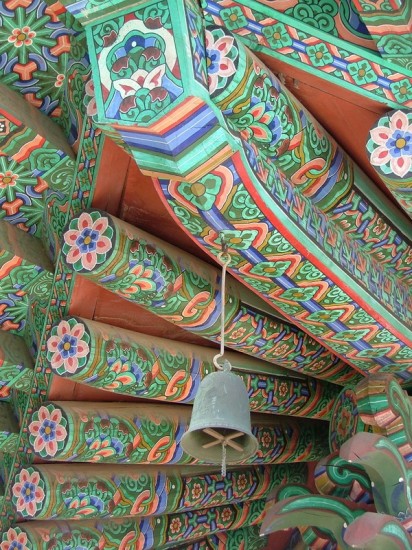
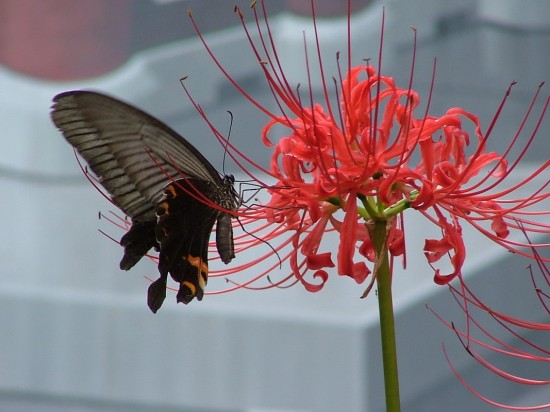

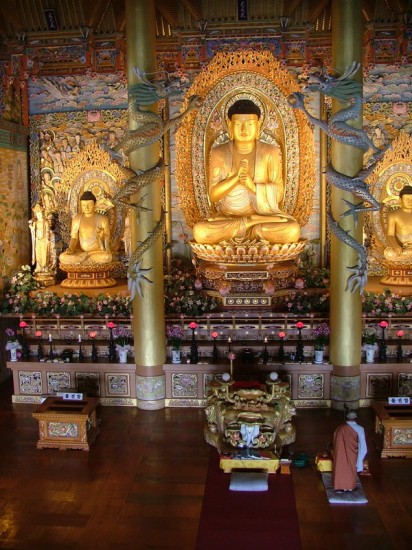

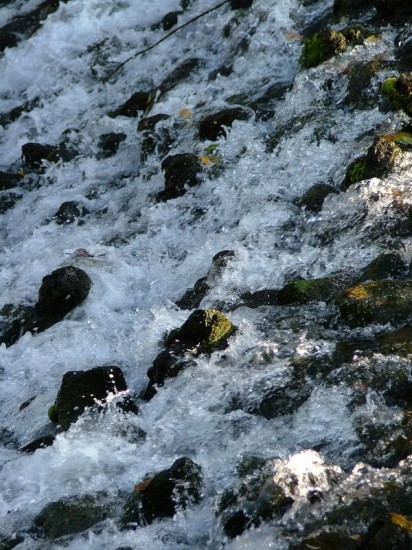
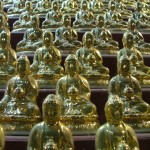
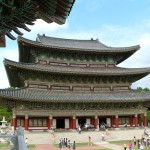
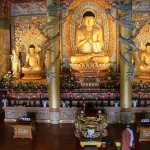
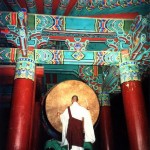
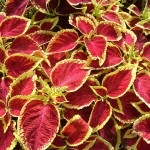

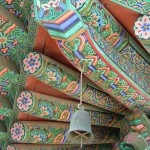
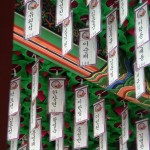
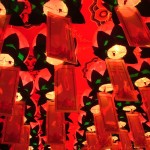
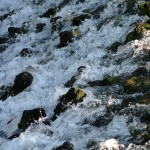
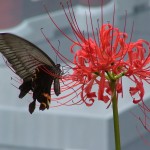
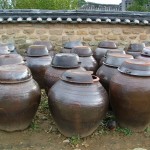

[…] 2011 at 9:00 am | Leave a Comment Some years after the experiences which created the story See The Light, NakSanSa Temple was destroyed by […]